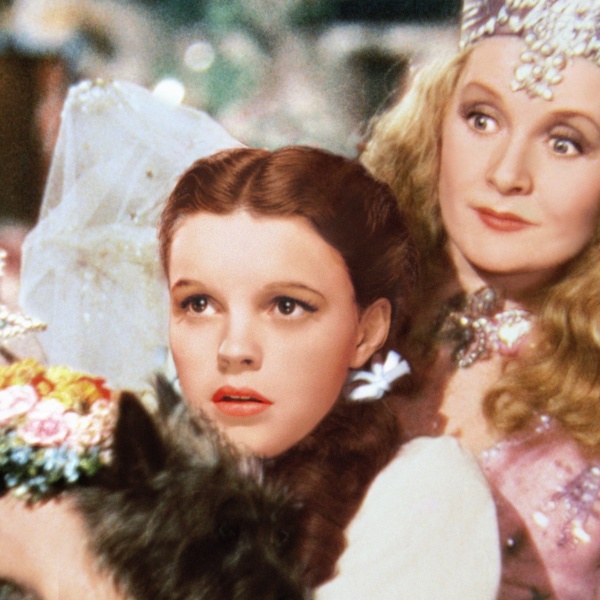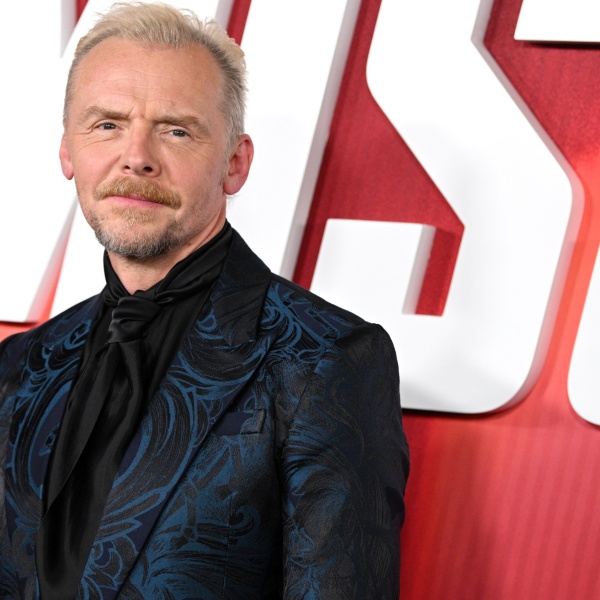
After winning an Oscar for his screenplay for “Precious,” Geoffrey Fletcher probably had options. The fact that directing “Violet & Daisy” — a candy-colored crime story about two teen girl killers and their latest target — was his ultimate choice is worthy of note in and of itself. Fletcher could have stayed in the vocabulary and landscape of “Precious” — or, less charitably, thrown a rock and hit another indie film tale of life in the big city — but instead stepped up, and out, to do something completely different as his directorial debut.
Violet (Alexis Bledel) and Daisy (Saoirse Ronan) live in a big city in a shared apartment. They’re besties. They’re different — Violet, who’s been working for longer than her partner and roomie, has a more cynical edge where bon mots pop out of her mouth like snapping gum, while wide-eyed Daisy, who just turned 18, peppers her conversation with words like “dang” and “swell.” They work as killers, skipping down the street to their jobs and then shifting into a reptilian silence of sign-language communication and unity of purpose until the job is done, then back home for take-out and pillow fights. They get a new target — and their favorite pop star Barbie Sunday has a new dress line, so they need the money — and find that the man they’re sent for, who greets them with a tray of fresh cookies and the sleepy smile of a bear awoken from a pleasant dream, is more than ready to die.

From the outset, Fletcher is trying three sub-genres here — the armed fable, the teen-girls-who-kill action film and the existential noir pitch of the assassin’s target welcoming the appointment in Samarra with death. And these essential ideas have challenged more experienced filmmakers, and some films made with them have also been very good. From “Sucker Punch” to “Hanna,” “Battle Royale” to “Dick Tracy” — there’s a lot at play in here, in tone and construction, and you lean into the world of the film. (An early music cue, for example, is just the eerie, haunting wintry sound of the introductory bars for “Figure 8” from “Schoolhouse Rock!“)
The production design, for example, is by Patrizia von Brandenstein, whose credits run from “The Candidate” to “Deception.” And we get a city that feels like Jim Jarmusch were directing Damon Runyon stories with a re-write by Patricia Highsmith. The girls are part of a conspiratorial organization of killers, with contacts and promotion and dangerous management who clearly used to be labor; Gandolfini’s unnamed character has wronged the wrong men. There’s always a danger in the poetic action film — the delicate foam of whimsy is wiped away by the flow of crimson blood — and if Fletcher doesn’t quite pull that off, that may say far more about my tastes than his execution. 
In his TIFF introduction of the films’ world premiere, Fletcher noted that he’d become aware of Bledel from “Sin City” — and you can make the connection with the bright strokes and bold hues of the film’s feel. Bledel’s Violet essentially looks and acts like a doodle of herself raised on B-movie tough talk, while Ronan also makes an impression depicting Daisy’s pastel serenity in a world made of Crayola colors, occasionally bent into herself like a question mark. And Gandolfini turns acceptance and sorrow into a slow series of small farewells, with no small amount of good humor.
It’s easier to imagine a faster, wackier version of “Violet & Daisy,” but not so easy to imagine what could turn the film towards drama. The big reveal about Daisy’s work habits will be found at the top of the wreckage of our suspension of disbelief. And if you have an Oscar, why not plow it into a film you’re excited about, with much of it unfolding in one small apartment? Fletcher’s own enjoyment of and excitement with the world he’s created is palpable, and we could not help but feel some connection to it from time to time.
“Violet & Daisy” is, in many ways, about girls and death and pop culture and friendship, and you may find the distracted profusion of dramatic elements doesn’t match the articulate expression of Vanja Cernjul‘s camerawork, Joe Klotz‘s editing and von Brandenstein’s set design. In “Precious,” Fletcher tried to make the audience enter into a world; with “Violet & Daisy,” he tries, not without some success, to pull the audience into a dream. [C-]




